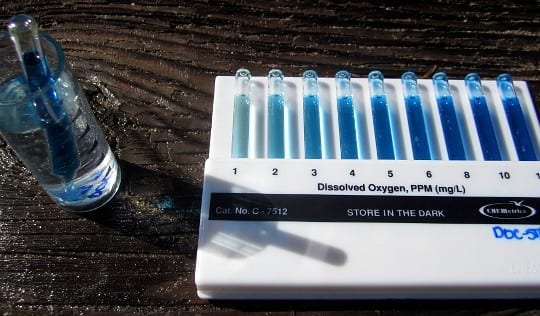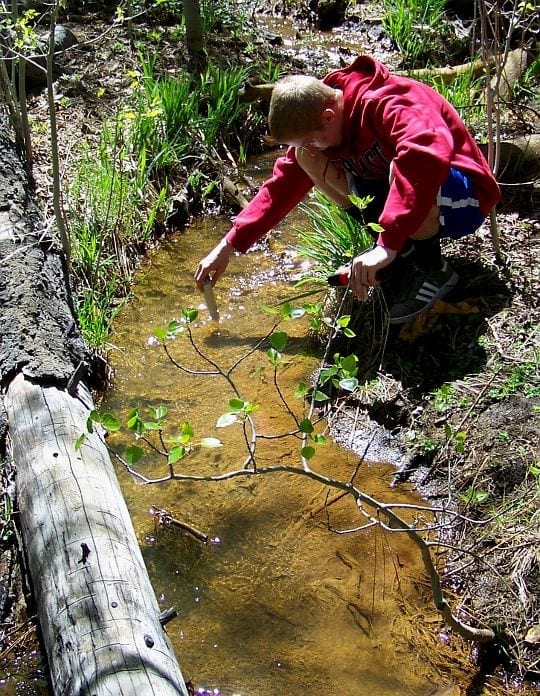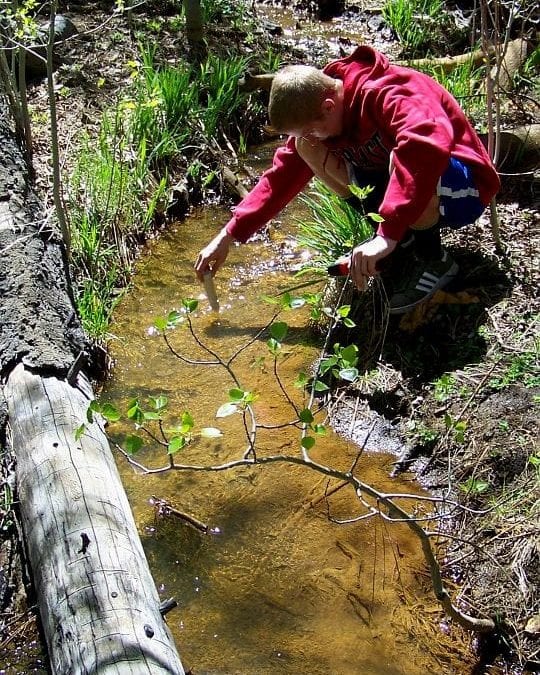Hundreds Of Volunteers Turn Out For Twelfth Annual Snapshot Day
Volunteers help monitor, protect Tahoe/Truckee River Watershed
The Twelfth Annual Snapshot Day saw almost 1000 total volunteers turn out to help monitor the health of Lake Tahoe, the Truckee River and Pyramid Lake’s watersheds. Without their help, most of this data would never be gathered.
CalTrout was a lead organizer of the project, a collaborative effort of CalTrout, the U.S. Forest Service, League to Save Lake Tahoe, Lahontan Regional Water Quality Control Board, Tahoe Resource Conservation District, Incline Village General Improvement District, NV Division of Environemental Protection and Tahoe Environmental Research Center.
Volunteers were placed in groups of 3-6 people, assigned a team leader, and given a field kit with directions to the monitoring site. Using calibrated equipment, volunteers collected basic stream data like Ph, Temperature, Dissolved Oxygen, and Total Dissolved Solids.

Participants took a snapshot of the watershed’s health in a single day.
Lab samples were also taken, and each site was tested for fecal coliform contamination and turbidity. Some priority sites were even measured for nutrient runoff. In a three-hour window, volunteers tested the water quality at over 100 sites stretching across the entire watershed.
For twelve years, Snapshot Day has provided invaluable baseline data about the Tahoe/Truckee River Watershed, performing monitoring services that agencies can’t afford to do on their own (many of the tributaries are not otherwise monitored).
Not only is a great way to gather data and identify critical areas for more studies, it also helps teach volunteers and students how complex ecosystems work — and how they can help protect their own watersheds.
For more information or to register for the next Snapshot Day, visit Snapshotday.org.

A 2012 Snapshot Day Volunteer





